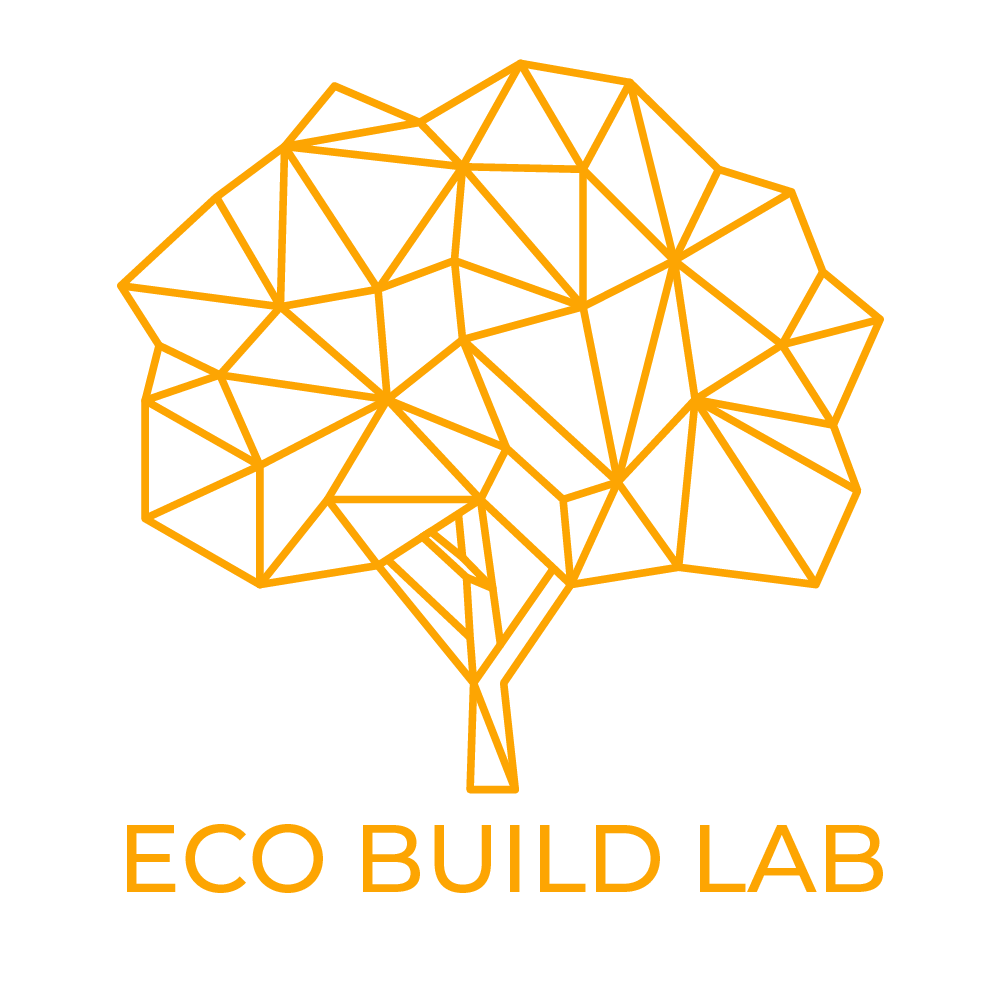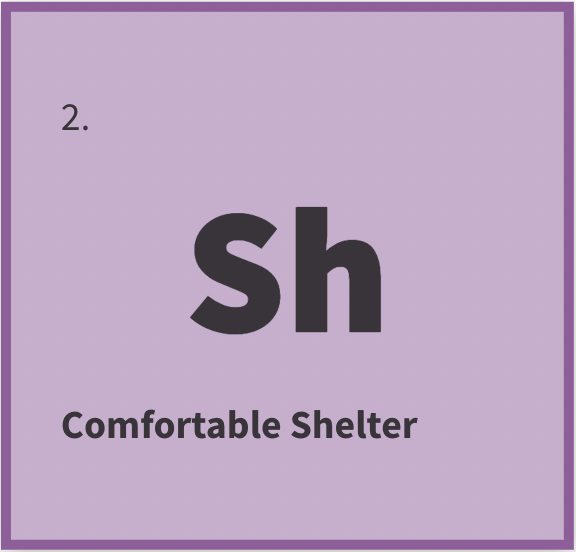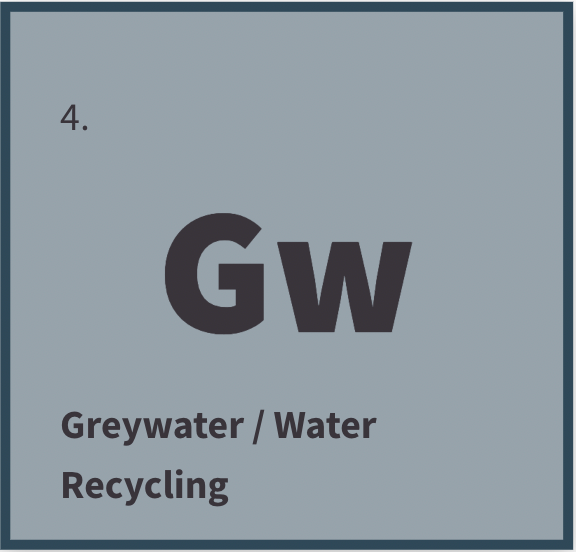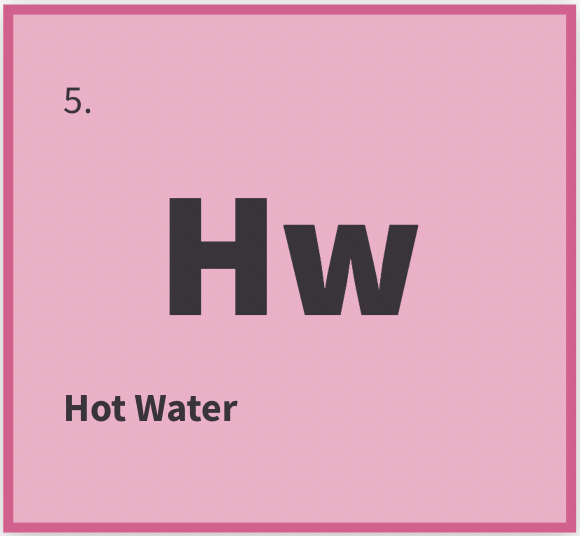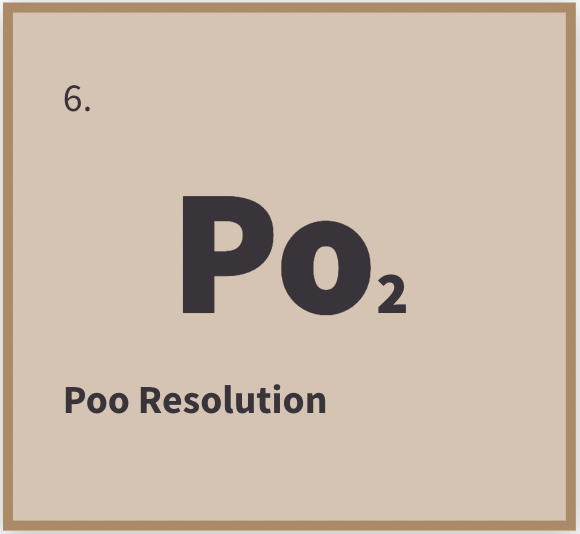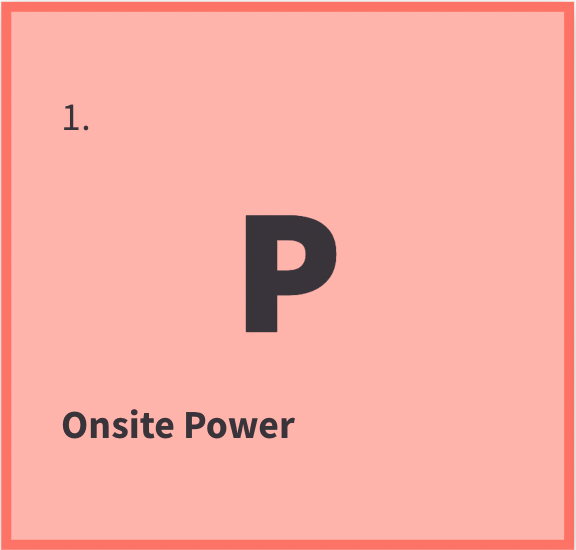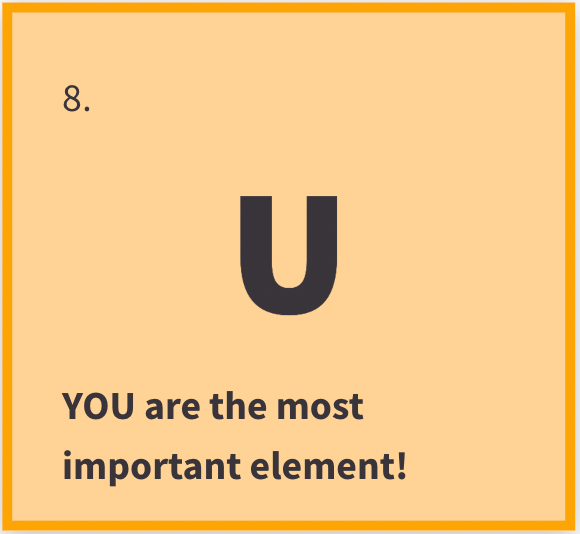3.
W
Onsite Water
ON SITE water
To get your water without connecting to the grid you need a source of water (roof harvest, solar well, spring), a place to store it, and a way to filter and direct it to your fixtures. When you collect and use your own water you treat it like the precious resource it is.
How water works on-grid:
How onsite water works off-the-grid:
You need a way to get water without connecting to a source outside your property. Water harvesting, collection from an onsite spring, a solar powered well, are a few ways to do this. You’ll also need to store water, filter it, and deliver it to your appliances.
Even if you have access to a well or spring we recommend also harvesting water from rain and snow melt. Water may be collected from the roof of your house if you have a roof surface that will not contaminate the water, like metal, slate, or tile. A water harvesting roof is designed to direct water to a collection point (or points) where storage tanks are located. Filtration starts with the roof and continues with some form of particle filter before the water enters the tank to keep out things that land on the roof.
Storage tanks are placed close to where the water enters the house and the water filtration system. The size and number of your storage tanks will depend on several factors including: the size of your roof, the total annual precipitation, the seasonal variations in precipitation, the number of people in your household and the extent of the water recycling systems you implement.
The type of pumps and filtration system you need will depend on what you are trying to filter out of your water. Using a water test kit before your design your filtration system will help identify what types of filters you will need.
Going off-grid with your water supply means that you are not only providing for yourself and your family directly, you are also, by default, way more conservative and creative with the water you do have, helping take some strain off the larger system.
How off-grid / onsite water relates to the other Elements of an Off-Grid Home:
If you are harvesting water off your roof it will affect the design of your shelter, not just with your choice of roofing material, but also the slope and orientation of the roof. The size of your roof will help determine how much water you can collect. In some arid regions you may want to expand your collection surface area with covered walkways and patios as well as carports and garages.
If you go off-grid with your water supply with water harvesting and/or a solar powered well or water from a stream, water recycling systems will help ensure that you are using every drop of water to its fullest potential. The more times you recycle the water, the farther it goes, the more plants you can grow, the more water you save and protect, it's a virtuous (water) cycle.
When you are living with onsite water, conservation is a priority. If you locate your water source and your fixtures near your hot water tank there will be less water wasted running through the lines to get hot water out of the fixture. You can also consider installing a hot water recirculation system that recirculates the water back to the beginning of the system until the water flowing is hot. This means you aren’t sending any cool water down the drain unnecessarily.
Whether you choose a dry toilet or a greywater flush toilet you will not be using fresh water to help dispose of your poo. Yay! If you have a greywater flush toilet it is still advisable to have a backup freshwater supply line plumbed to your toilet in case you run out of greywater (unlikely) or have to service your greywater system (possible).
Onsite water relates to off-grid power because you need a bit of electricity to run pumps to get the water from the cistern into your house, through the filtration system, and to your fixtures. If you are able to situate your cistern above your pump, it will gravity-feed the pump, reducing the amount of electricity you need to move water.
If you choose onsite water as your only source, you are going to have a very different relationship to water. You are going to design your building for maximum water efficiency, hopefully installing systems to reuse and treat every drop more than once. You are going to choose the most efficient appliances. You won't absentmindedly leave the tap running. If you notice that you have a leaking fixture you're going to fix it immediately. You're going to check the water levels in your storage tank, monitor your usage, consider the seasons, watch the weather forecast, consider when to shower and when you can splurge on a bath, and assess how many loads of laundry you can do. You will treat water as the precious resource that it is.
want to learn more about onsite water?
SUBSCRIBE
Thank you for contacting Eco Build Lab.
You will be hearing from us in your inbox!
Please try again later.

